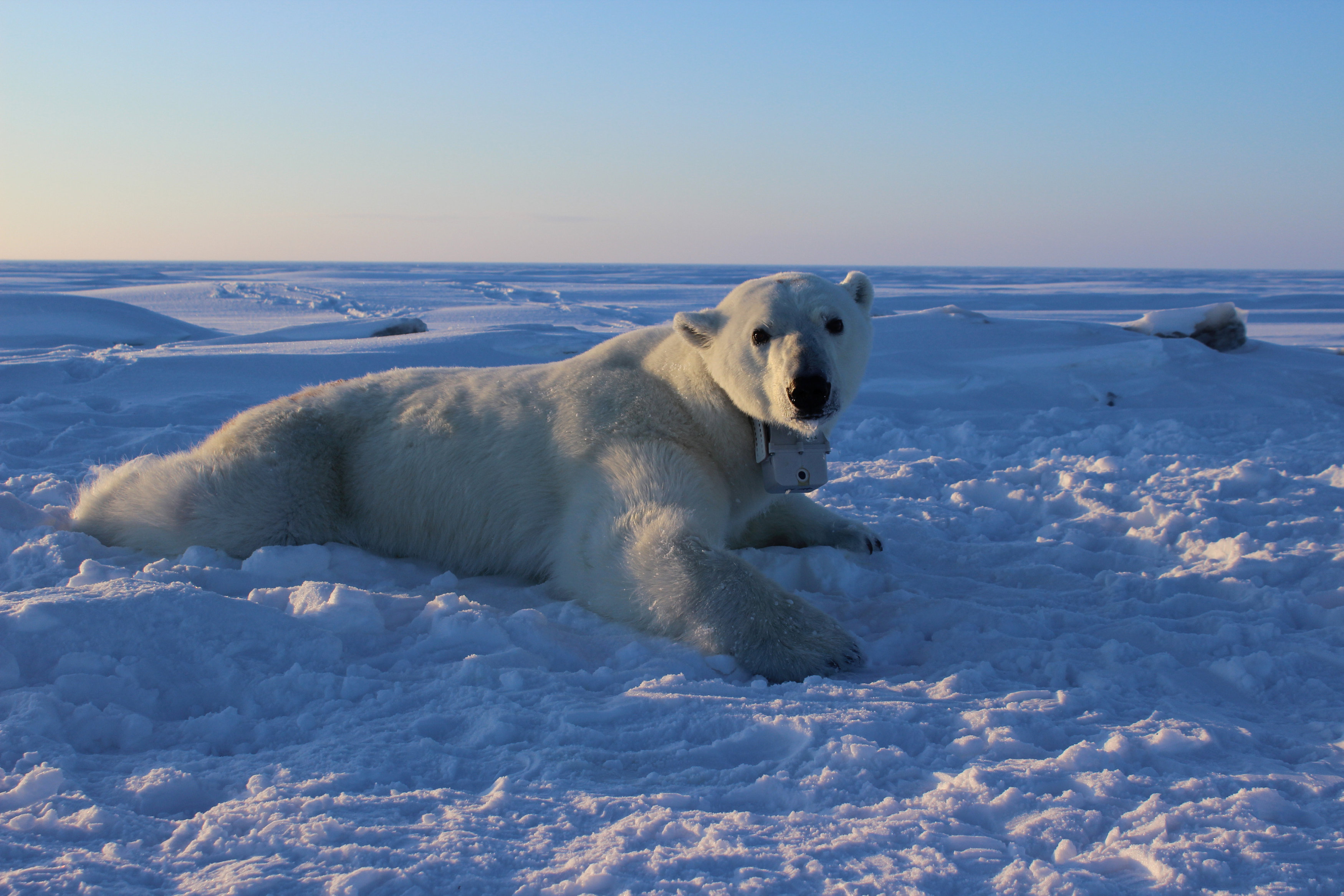Metabolism study signals more trouble ahead for polar bears
Scientists studying bears in Alaska's Beaufort Sea found the animals needed more energy than previously thought.

WASHINGTON — A study of polar bear metabolism conducted near Alaska’s Prudhoe Bay has provided more reason to worry about the future of these massive predators that prowl the Arctic.
Scientists said on Thursday they examined activity levels, foraging behavior and blood biochemistry of a group of polar bears during their prime hunting season on the sea ice of the Beaufort Sea, determining that the metabolism of the species is about 60 percent greater than previously understood.
The decline of Arctic sea ice amid global climate change is making polar bears travel farther to find prey such as ringed seals. The findings have scientists worried about whether polar bears will be able to catch enough prey to meet their unexpectedly high energy needs and sustain their population.
Nine female polar bears were fitted for eight to 11 days in April of 2014, 2015 and 2016 with high-tech collars that provided satellite tracking of their movements and captured video to observe behavior and hunting success, U.S. Geological Survey wildlife biologist Anthony Pagano said.
The study identified the mechanisms driving declines in polar bear survival rates, body condition and population over the past decade, added Pagano, who led the study published in the journal Science as a University of California-Santa Cruz doctoral candidate.
“This study is a beautiful example of how animals are built to live in synchrony with their environment. Unfortunately, with the rapid environmental changes occurring in Arctic sea ice, the specialization that once allowed polar bears to live in this challenging habitat has painted the animals into a physiological corner and led to devastating consequences,” said wildlife eco-physiologist Terrie Williams, a study co-author who heads the university’s Center for Marine Mammal Research and Conservation.
Experts estimate the total polar bear population at between 22,000 and 31,000.
A high fat diet based on blubbery seals is essential for providing the necessary energy for the bears to live in the cold, but sea ice changes have made it harder to find this critical prey, Williams said. In fact, five of the bears lost body mass during the time they were studied.
“They are spending so much energy walking to find their prey that the energy gained once they find a seal is not enough to maintain their weight,” Williams said. “Think of having to drive all over town to locate a gas station for your car only to find that you cannot fill your tank. Eventually, you run out of gas.”